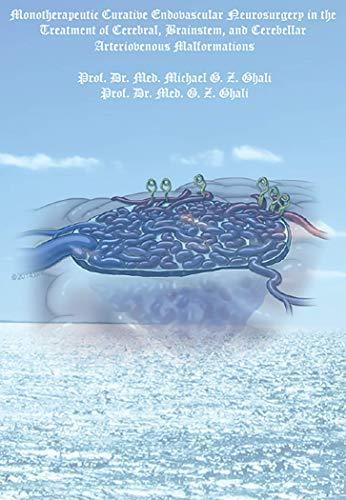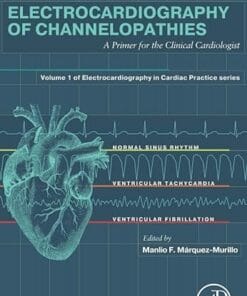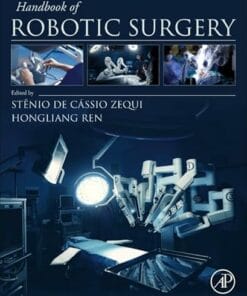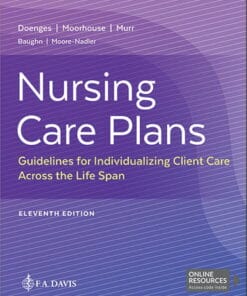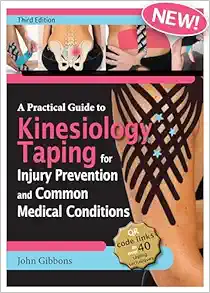Monotherapeutic Curative Endovascular Neurosurgery in the Treatment of Cerebral, Brainstem, and Cerebellar Arteriovenous Malformations
29 $
Delivery time: Maximum to 1 hours
by Michael Ghali (Author), George Ghali (Author)
Monotherapeutic Curative Endovascular Neurosurgery in the Treatment of Cerebral, Brainstem, and Cerebellar Arteriovenous Malformations
by Michael Ghali (Author), George Ghali (Author)
Arteriovenous malformations of the intracranium carry variable morbidity and mortality depending on location, size, and angioarchitecture. In general, therapeutic options include microsurgical resection, stereotactic radiosurgical irradiation, and embolization. Lesions may be observed conservatively, treated primarily, treated following hemorrhage, utilizing one of the foregoingly described modalities individually or multimodally. Arteriovenous malformations of the basal ganglia and thalamic carry significant risk of hemorrhage, with increased risk of morbidity, mortality, and recurrent hemorrhage with an initial episode of rupture. These features thus strongly indicate a necessity for treatment. Deep location of these lesions is generally not preclusive to surgical extirpation via microsurgical resection, though stereotactic radiosurgical irradiation frequently proves useful as the preferred treatment by patients to eschew the consequent neurological deficits of craniotomy and open microsurgical dissection through eloquent parenchyma. Endovascular embolization, while shown effective as curative monotherapy for arteriovenous malformations of the intracranium in general, performed transarterially, transvenously, or via a combination thereof, has generally proved useful only insofar as effecting nidal size and flow reduction of basal ganglionic and thalamic lesions, thus facilitating surgical resection or stereotactic radiosurgical irradiation, and decreasing the morbidity ensuing thereof. We review and discuss the experience with monotherapeutic embolization of arteriovenous malformations of the basal ganglia and thalamus. Further studies and innovation in endovascular strategies and technologies are necessary to render this treatment more efficacious and safe as curative monotherapy.
Product Details
|
Related Products
Basic Medical Book
Electrocardiography of Channelopathies: A Primer for the Clinical Cardiologist (PDF)
Basic Medical Book
Creative Thinking And Arts-Based Learning: Preschool Through Fourth Grade, 7th Edition (PDF)
Basic Medical Book
Basic Medical Book
Basic Medical Book
Basic Medical Book
Secrets Of Successful Program Design: A How-To Guide For Busy Fitness Professionals (PDF)
Basic Medical Book
Basic Medical Book
Basic Medical Book
Strength Zone Training: The Most Effective Method For Maximizing Muscle Development (PDF)
Basic Medical Book
Basic Medical Book
Basic Medical Book
Basic Medical Book
Velocity-Based Training: How To Apply Science, Technology, And Data To Maximize Performance (PDF)
Basic Medical Book
All-Pro Performance Training: An Insider’s Guide To Preparing For The Football Combine (PDF)
Basic Medical Book
The Language Of Coaching: The Art & Science Of Teaching Movement (PDF)
Basic Medical Book
Basic Medical Book
2023 & 2024 NIRSA Flag & Touch Football Rules Book & Officials’ Manual, 21st Edition (PDF)
Basic Medical Book
Achieving Excellence: Mastering Mindset For Peak Performance In Sport And Life (PDF)
Basic Medical Book
Neurodegenerative Diseases: Translational Models, Mechanisms, And Therapeutics (PDF)
Basic Medical Book
Breathe, Focus, Excel: Exercises, Techniques, And Strategies For Optimal Athletic Performance (PDF)
Basic Medical Book
Developing Speed (EPUB)- NSCA – National Strength & Conditioning Association, 2nd Edition
Basic Medical Book
Developing Speed – NSCA -National Strength & Conditioning Association, 2nd Edition (PDF)
Basic Medical Book
Personal Best Running: Coach Coogan’s Strategies For The Mile To The Marathon (PDF)
Basic Medical Book
Run Healthy: The Runner’s Guide To Injury Prevention And Treatment (PDF)
Basic Medical Book
Smarter Recovery: A Practical Guide To Maximizing Training Results (PDF)
Basic Medical Book
Basic Medical Book
Adapted Aquatics Programming: A Professional Guide, 2nd Edition (PDF)
Basic Medical Book
Genetics Primer For Exercise Science And Health (Primers In Exercise Science) (EPUB)
Basic Medical Book
Aquatech: Best Practices For Pool And Aquatic Facility Operators (PDF)
Basic Medical Book
Becoming A Sustainable Runner: A Guide To Running For Life, Community, And Planet (PDF)
Basic Medical Book
Breathe, Focus, Excel: Exercises, Techniques, And Strategies For Optimal Athletic Performance (EPUB)
Basic Medical Book
Basic Medical Book
Active Games For Children On The Autism Spectrum: Physical Literacy For Life (PDF)




